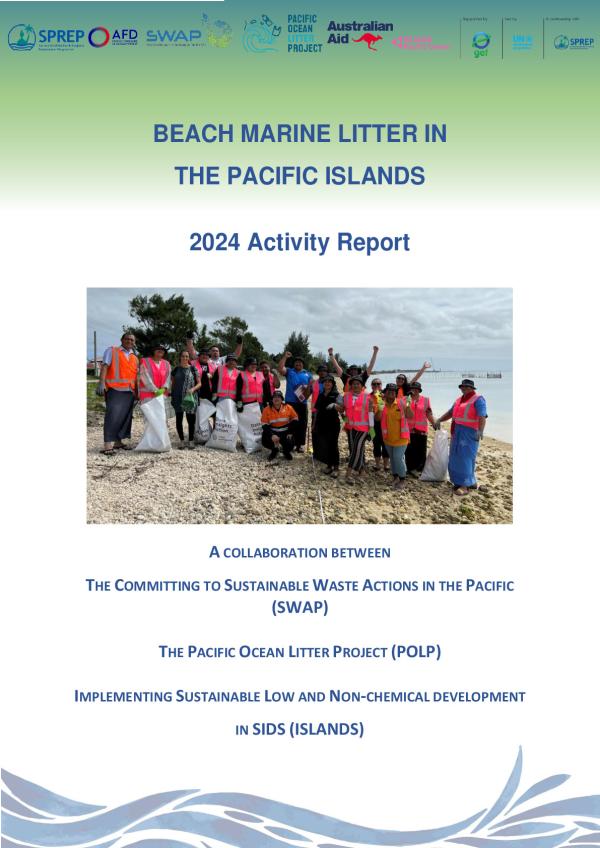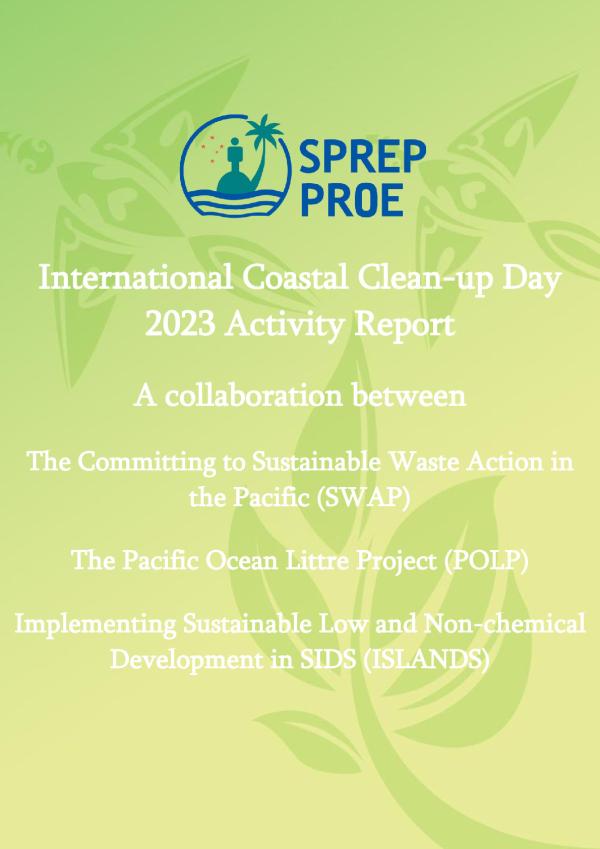
Marine Debris Management

Marine Pollution results from entry into the ocean of harmful chemicals, polluted wastewaters, industrial, agricultural and residential waste, garbage from ships, and the spread of invasive organisms.
A major source of Marine Pollution is related to plastics that are voluntarily brought in from shore or from boats, or are unintentionally carried by winds, rains or streams.
A report by the Ellen MacArthur Foundation has revealed that there are now over 150 million tons of plastic in the oceans. That's about one ton of plastic for every three tons of fish. if the trend continues, plastic will outweigh fish in the oceans by 2050. Noted that Pacific Ocean is also characterised by the Pacific Garbege Patch. This is a large areas of marine debris concentration that are formed by rotating ocean currents. A garba patch is made up of tiny plastic pieces called "microplastics" that are less than 5 millimeters long. garbage Patch exist all throughout the ocean, but the Pacific Garbage Patch just happens to be the most famous and covers an estimated surface area of 1.6 million square kilometers.
Pacific islands are particularly vulnerable to the impacts of marine litter, due to the particular value and sensitivity of their coastal environments.
The video below illustrates how marine litter is generated and how it gets into our food.
In regard to this thematic area, the SWAP Project implements beach clean-up activities including waste audits and awareness-raising actions, through:
International Coastal Clean-up Days (ICCD): since its launch, the SWAP Project has participated in the ICCD 2021, 2022 and 2023 by providing financial support to partner associations for organisation of clean-up campaigns and production of awareness-raising videos.
In addition, the SWAP Project is supporting the implementation of Marine Litter Pilot Projects in Fiji, Samoa, Solomon Islands, Tonga and Vanuatu, in partnership with local communities and the NZ charity Sustainable Coastlines, which has trained the involved communities to carry out marine litter audits using the United Nations Methodology.

Based on the 73 beach marine litter surveys and waste audits conducted in Fiji, Samoa, the Solomon Islands, Tonga, Vanuatu and Wallis and Futuna from 2019 to 2024, the SWAP Project conducted a study and drafted a report to 1) present the results and 2) to provide critical data and insights that inform discussions towards the development of the Global Plastics Treaty, as requested by UN Environment Programme (UNEP) Resolution 5/14. This resolution called for a comprehensive approach to address the full life cycle of plastic, including production, design, and disposal.
The data from these 73 surveys contribute to the Intergovernmental Negotiating Committee (INC) sessions, which began in 2022 and aim to finalise the treaty by the end of 2024 (UNEP, n.d.). The findings from this Marine Litter Study support the INC’s efforts by offering an overview of the marine litter problem in the Pacific including detailed data collected in the countries and territories involved in the SWAP, POLP and GEF ISLANDS projects.
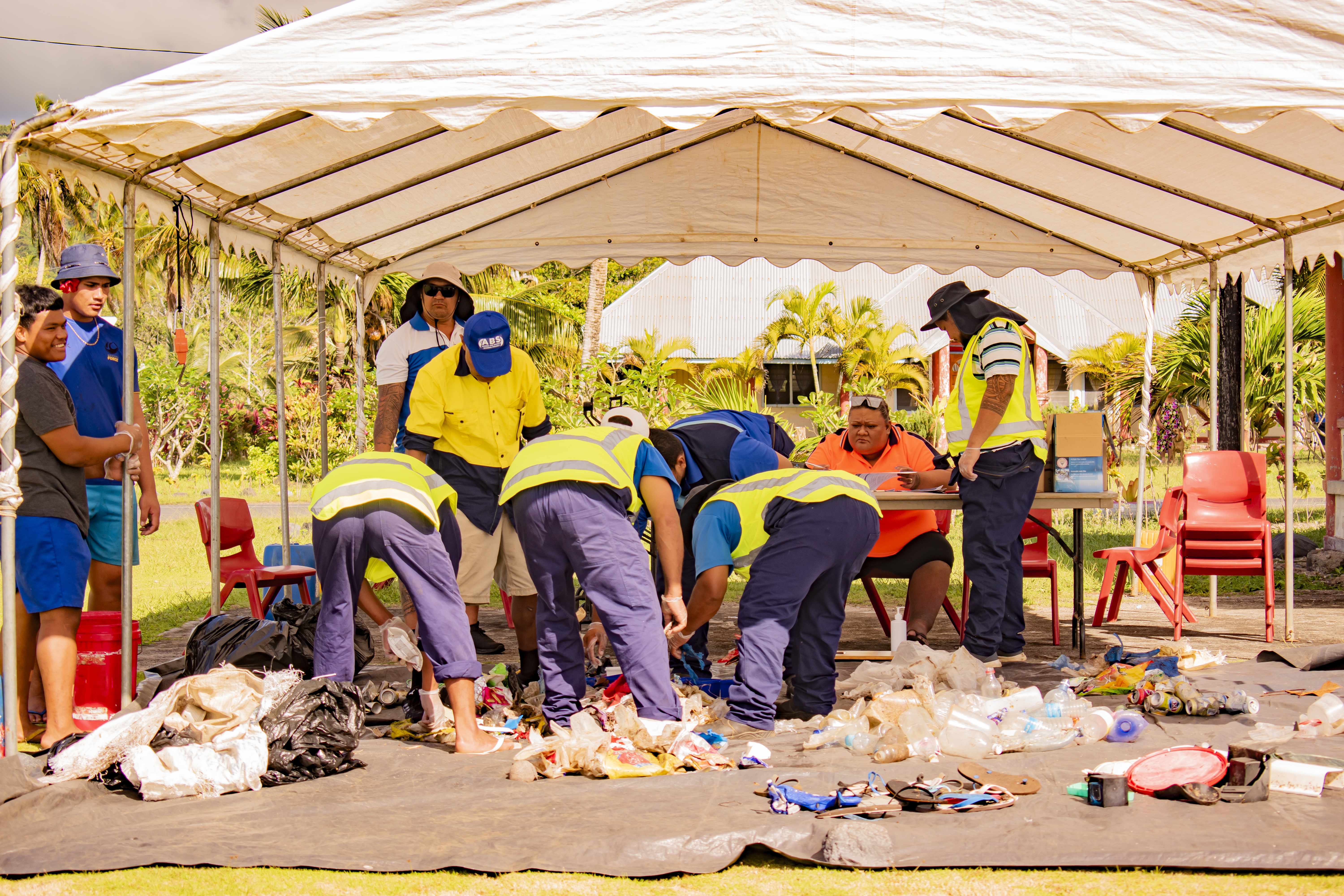
SWAP held in April 2022 a Marine Litter Virtual Workshop, in collaboration with Sustainable Coastlines, Ocean Conservancy et Vanuatu Environmental Science Society. This workshop was structured in 4 parts:
The first part aimed to provide an overview of marine litter problem: origins and sources of Marine Litter Generation, potential impacts (financial revenues, human health, aquatic life, etc.) and how to raise awareness to address this issue;
The second part focused on the preparation and organisation of a coastal clean-up campaign with the sharing of experience from an association, which has been conducting clean-ups for several years;
The third part aimed to inform participants of the value of conducting a statistically reliable waste survey and audit during a beach clean-up using the United Nations Methodology. The objective of this session was to make the audience aware of the value of conducting this type of waste audit as a common tool for public awareness and decision making for local authorities; and
The workshop ended with a A/Q session.
The activity report summarising the main conclusions of the workshop is available at the bottom of the page.
The last assessment report on marine litter led by UNEP is available for download: "From pollution to solution - A global assessment of marine litter and plastic pollution".
For general information on Marine Debris, you can consult the following documents:
- "Information and Common Questions on Marine Debris", compiled by the National Oceanic and Atmospheric Administration (NOAA) - Marine Debris Program.
- "Marine Litter - Vital Graphics", developed by UNEP and GRID.
- "Marine Debris, Microplastics and Pollution", developed in collaboration between SPREP and UNEP.
- "Our Pacific Ocean, Our Stories - Pacific Ocean or Plastic Ocean?", developed in collaboration between SPREP and UNEP.
The SPREP Pacific Regional Action Plan to address marine litter is available on the SPREP Virtual Library.
Finaly, for more information on existing plastic waste management technologies, you can consult the factsheet "Plastic Waste Technology Management Options" developed by the PacWastePlus Program.
